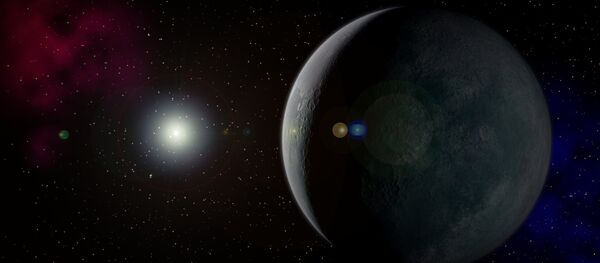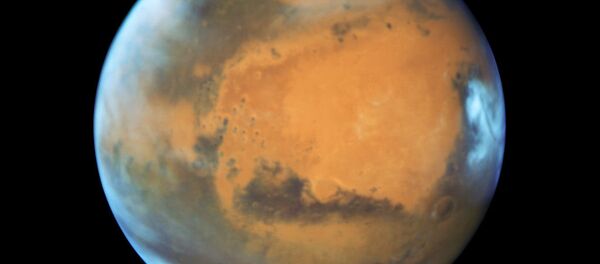Laura Schaefer, an astronomer from the Harvard-Smithsonian Center for Astrophysics, (CfA), and her collaborators, have investigated what would happen over time if planet GJ 1132b’s atmosphere began with a humid atmosphere rich with water.
Orbiting at some 1.4 million miles from its star, GJ 1132b is bathed in ultraviolet light, which breaks apart water molecules into oxygen and hydrogen atoms. Both elements can be lost in space, but hydrogen is lighter and is able to escape more rapidly, while the heavier oxygen atoms remain.
Schaefer said, "On cooler planets, oxygen could be a sign of alien life and habitability. But on a hot planet like GJ 1132b, it's a sign of the exact opposite — a planet that's being baked and sterilized."
Water vapor is a greenhouse gas, and would therefore give the planet a greenhouse effect and increase the surface’s already severe heat. The surface could remain molten for millions of years as a result. According to the model proposed by Schaefer and her colleagues, the atmosphere would interact with the "magma ocean," absorbing about one tenth of the oxygen in the process. Some of the remaining oxygen may linger, but most of the leftover 90 percent would stream into space.
Co-author Robin Wordsworth, from the Harvard Paulson School of Engineering and Applied Sciences, said, "This planet might be the first time we detect oxygen on a rocky planet outside the solar system."
Next-generation telescopes like the James Webb Space Telescope and the Giant Magellan Telescope should be able to identify and study oxygen on GJ 1132b.
Scientists could also gain insight into the evolution of Venus by using the magma ocean-atmosphere model. It’s likely that Venus began with an amount of water similar to Earth’s, and that water would have been broken into its constituent elements by sunlight. Despite this, some indications of oxygen remain. Astronomers continue to be stumped by the question of the missing oxygen on Venus.
Schaefer feels that her team’s development model could help provide insight into similar exoplanets. For instance, three planets that could lie within the habitable zone are contained within the TRAPPIST-1 system. Since these planets have lower temperatures than GJ 1132b, the likelihood that they have retained an atmosphere is better.





